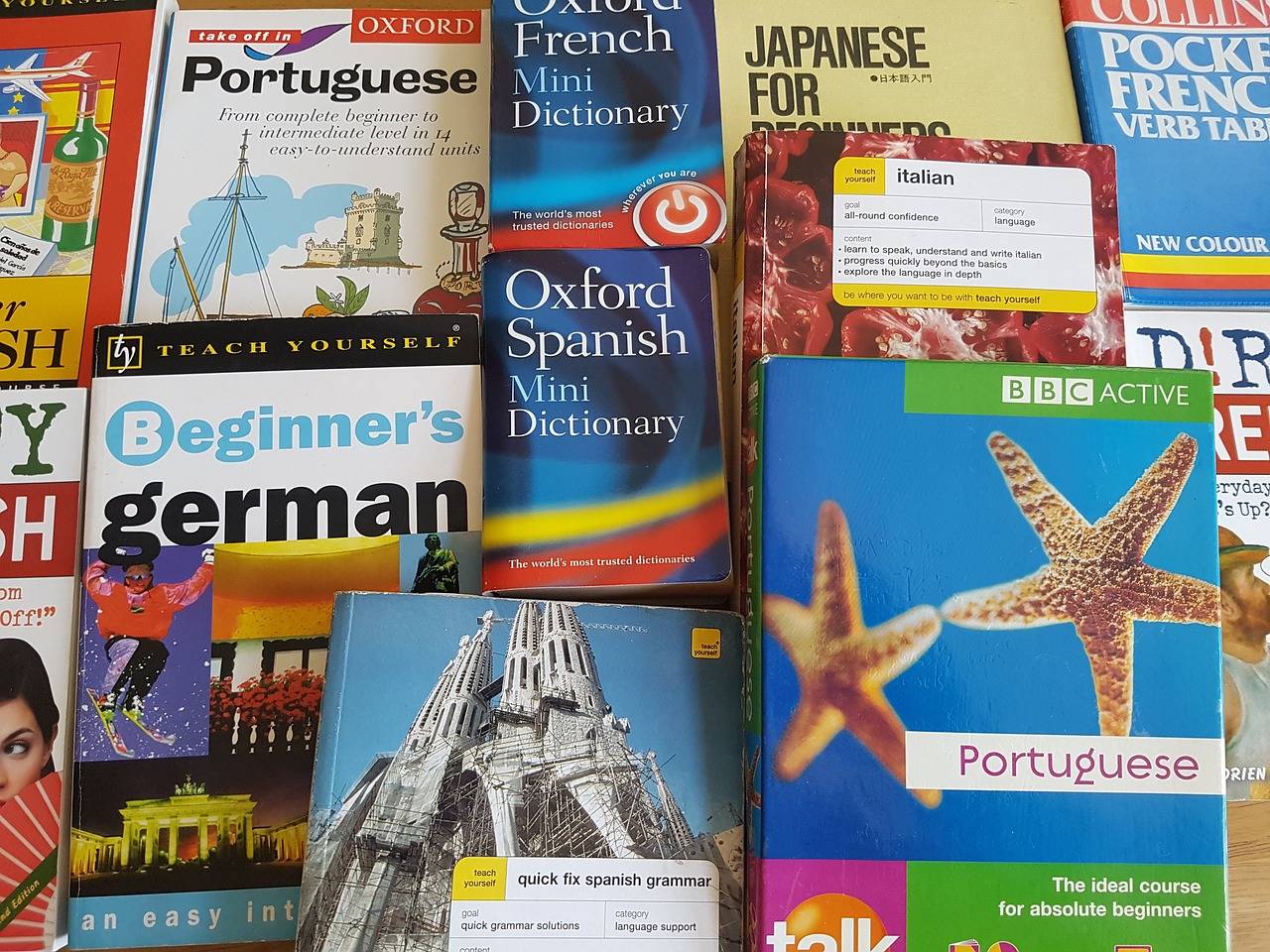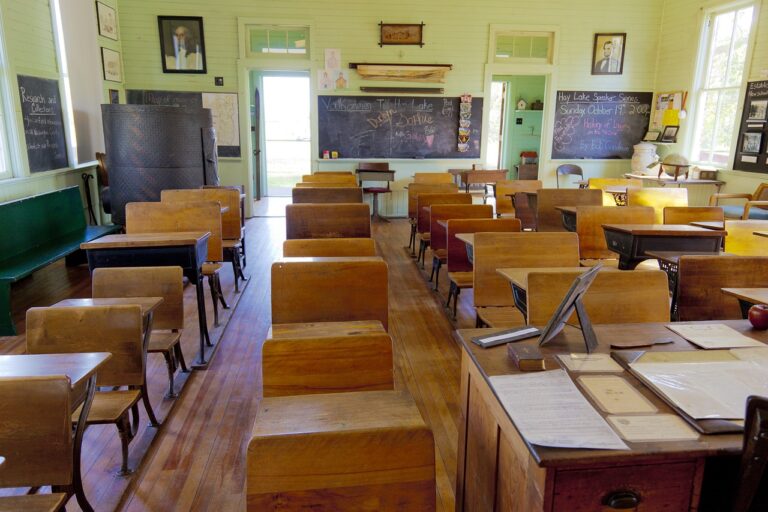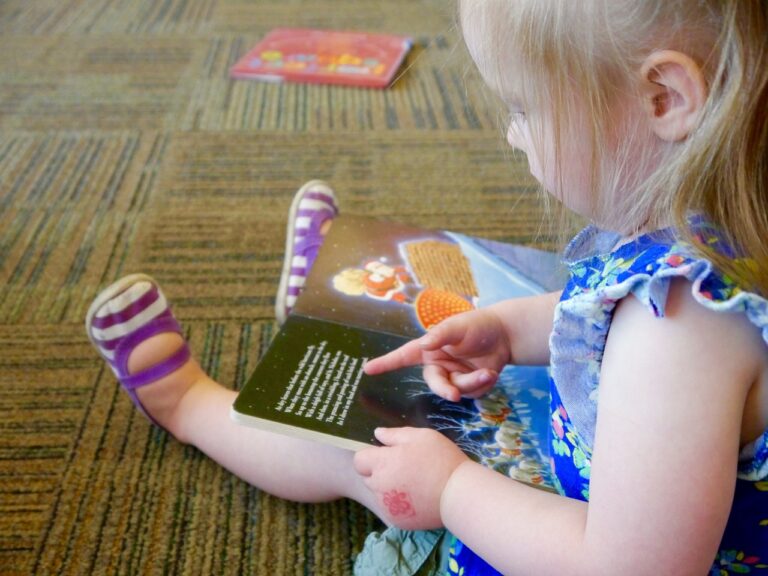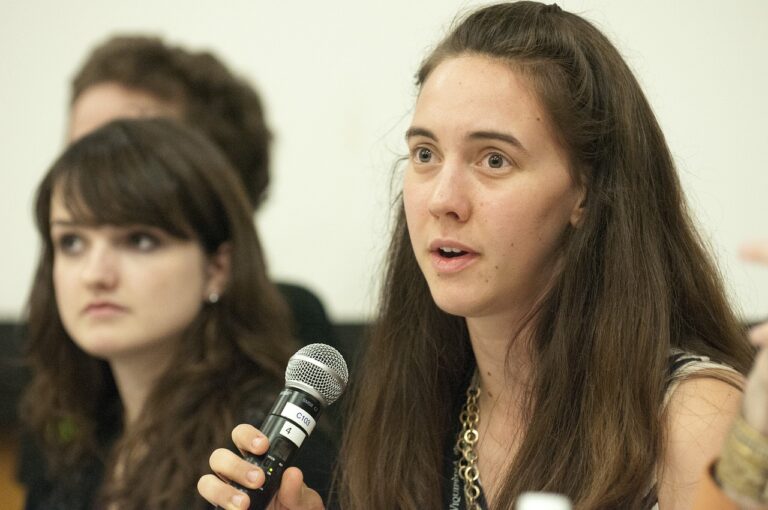Building Community Partnerships in Education
Community partnerships hold immense significance in the realm of education. These collaborations between schools and various community entities facilitate a holistic approach to learning that transcends traditional classroom boundaries. By working together, schools can tap into a wealth of resources, expertise, and support that enrich the educational experience for students.
Furthermore, community partnerships create valuable opportunities for students to connect learning to real-world contexts. Through interactions with businesses, non-profit organizations, and local agencies, students gain practical insights into how their academic knowledge translates to the workforce and broader society. These partnerships foster a sense of relevance and authenticity in learning, empowering students to see the tangible impact of their education beyond the school walls.
Identifying Potential Community Partners
Finding the right community partners can significantly enhance the educational experiences for students. Schools should look for organizations that share similar values and goals when selecting potential partners. It’s essential to identify partners who are willing to collaborate and work together to support the school’s mission.
One way to identify potential community partners is to consider local businesses that are invested in the community and have a track record of supporting educational initiatives. These businesses can offer resources, expertise, and opportunities for students to gain real-world experience. Additionally, reaching out to local non-profit organizations that align with the school’s values can provide new avenues for support and partnership.
Why do community partnerships matter in education?
Community partnerships matter in education because they can provide valuable resources, support, and expertise to schools and students. By working together with community organizations, schools can create more enriching and effective educational experiences for students.
How can schools identify potential community partners?
Schools can identify potential community partners by reaching out to local organizations, businesses, non-profits, and government agencies. They can also attend community events, networking meetings, and outreach programs to connect with potential partners.
What are some examples of potential community partners for schools?
Potential community partners for schools can include local businesses willing to provide internships or job shadowing opportunities, non-profits that offer after-school programs or tutoring services, government agencies that provide resources or support for schools, and community organizations that focus on education or youth development.
How can schools build strong relationships with community partners?
Schools can build strong relationships with community partners by communicating openly and regularly, setting clear expectations and goals, collaborating on projects or events, and showing appreciation for the support and resources provided by the partners.
What are the benefits of establishing community partnerships in education?
The benefits of establishing community partnerships in education include access to additional resources and expertise, increased student engagement and learning opportunities, improved school-community relationships, and a stronger sense of community support for the school’s mission and goals.





